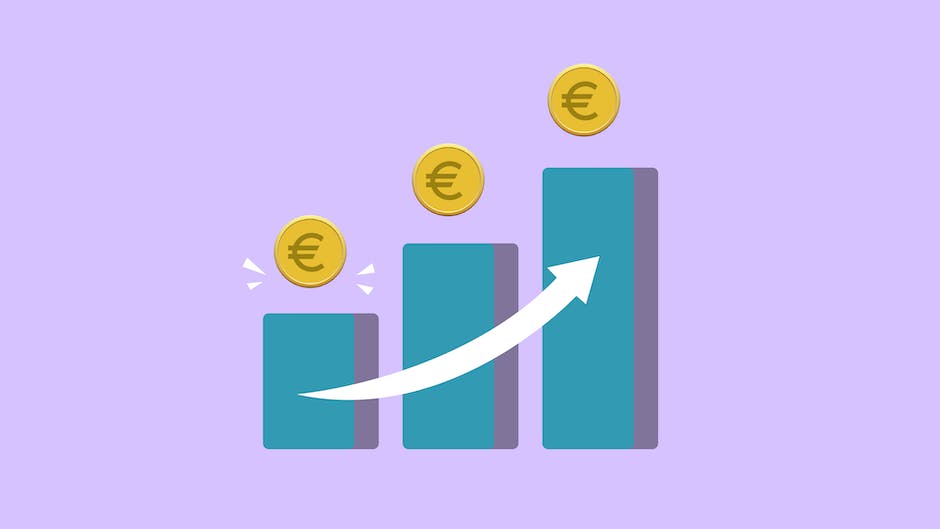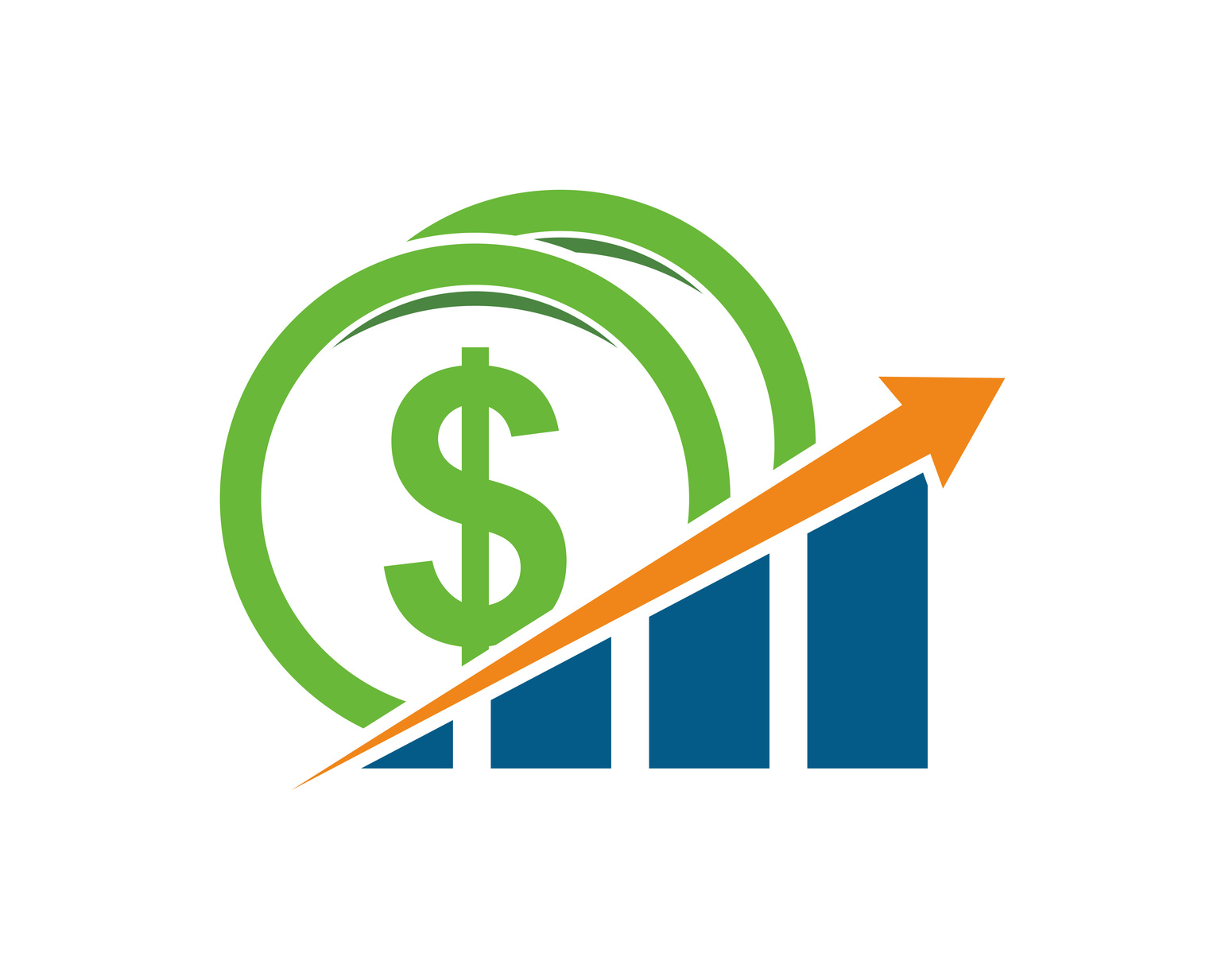Knowledge is power when it comes to planning your financial future. An area often overlooked by many is Individual Retirement Accounts (IRAs). Understanding the mechanics of IRAs, the dynamics of their rates, and how to maximize returns can significantly improve the long-term outcome of retirement planning. This article dives into the complexities and intricacies of IRAs and provides valuable insights, sure to enhance any financial portfolio. The concepts explored range from the basics of understanding IRAs and their varied types, to strategically locating the highest rates, and finally onto techniques for maximizing returns.
Understanding IRAs
Introduction to IRAs
An Individual Retirement Account (IRA) is a savings account designed to help individuals save for their retirement while taking advantage of tax breaks. There are various types of IRAs available, with each offering unique benefits and rules.
Types of IRAs
- Traditional IRA: Funded with pre-tax dollars. The investment earnings grow tax-deferred until withdrawn in retirement.
- Roth IRA: Funded with after-tax dollars. The funds grow tax-free, and withdrawals during retirement are also tax-free.
- SEP (Simplified Employee Pension) IRA: This is designed for self-employed individuals and small business owners. Contributions are made with pre-tax dollars and grow tax-deferred until retirement.
- SIMPLE (Savings Incentive Match PLAN for Employees) IRA: This plan is intended for small businesses and self-employed individuals, similar to SEP IRAs. The contributions are made with pre-tax dollars, and the growth is tax-deferred.
Understanding IRA Rates
The term IRA rates can refer to two things: the interest rate one earns on an IRA savings account or the rate at which one is taxed when making withdrawals from an IRA.
The IRA interest rate applies mainly to the IRA savings account, which is different from an investment IRA. Interest rates for IRA savings accounts can range from around 0.01% to 2.00% APY (Annual Percentage Yield).
Choosing an IRA with a higher interest rate can result in substantial growth over time due to compounded interest, hence why people are interested in the highest IRA rates.
Importance of IRA Rates
Knowing the IRA rates is crucial in your retirement planning as they dictate your savings growth over time and the taxes you’ll need to pay upon withdrawal.
For savers who prefer predictable returns and minimal risks, having an IRA savings account with a high-interest rate is beneficial. As opposed to an investment IRA, where the return on investment is uncertain and comes with varying degrees of risk, an IRA savings account offers a guaranteed return, no matter how small.
On the other hand, understanding the tax rates applicable to your IRA can help you strategize your withdrawals in retirement and optimize your after-tax income.
Summing Up
When it comes to planning your retirement, gaining a deep understanding of the diverse types of Individual Retirement Accounts (IRAs) and their respective rates is crucial as it enables you to make well-informed decisions. It’s essential to take into account your unique circumstances, level of risk acceptance, and ultimate retirement goals as you navigate through the process of selecting the right IRA for you.

The dynamics of IRA rates
What Are Individual Retirement Accounts (IRAs)?
IRAs are financial tools intended to promote long-term savings towards retirement by providing a myriad of tax benefits to its holders. Their popularity among investors stems not only from these advantages but also from the potential for a substantial annual rate of return. This return rate is typically influenced by various factors including the type of IRA, the investments held within the account, and the prevailing economic conditions at any given time.
Types of IRA and Their Rate Dynamics
There are several types of IRA including Traditional IRA, Roth IRA, SEP IRA, and SIMPLE IRA. The IRA rates depend on the type of investments held within the account. For instance, a Traditional or Roth IRA invested in fixed income securities (like bonds) would typically have different rates from an IRA invested in equities. Therefore, identifying the highest IRA rates requires a clear understanding of the investment strategies employed within the account.
Factors Impacting IRA Rates
The performance of IRA investments and consequently, their rates, are contingent upon several factors including economic health, inflation rates, fiscal policies, Federal Reserve’s actions, and overall market dynamics. For instance, When the economy is thriving, the rates of return on IRA investments tend to be high. Conversely, during an economic downturn, the rates of return can dwindle.
The Federal Reserve’s monetary policy also has a significant bearing on IRA rates. When the Federal Reserve increases interest rates, the yields on new bond investments typically rise, which can benefit individuals with IRAs invested in bonds. Contrarily, a reduction in interest rates can lower bond yields.
Comparison and Trends in IRA Rates Over the Years
A comparison of IRA rates across decades highlights notable shifts influenced by varying economic environments. For instance, the 1980s recorded skyrocketing IRA rates due to high inflation and Federal Reserve’s policy of increased interest rates. This trend declined during the ’90s when the economy stabilized, and inflation rates dropped.
In recent years, IRA rates have generally been lower due to the Federal Reserve’s consistently low-interest rates. However, the specific rate of return for an individual investor ultimately depends on the nature of the investments within their IRA. For example, investors holding equities in their IRA may have seen significant growth over the past decade due to the strong stock market performance.
Understanding IRA Rates and Their Impact on Retirement Planning
IRA rates, which dictate the rate of return on an Individual Retirement Account (IRA), are crucial to how we plan for our retirement. The higher the rate, the more contributions it typically attracts, as investors look to make the most of their money through the benefits of compounded returns. This makes the comparison of IRA rates from different providers or investment types a vital step for potential investors in forming a solid retirement strategy. As such, IRA rates have a significant bearing on how successful IRAs are as a retirement saving tool.

Locating the Highest IRA Rates
IDepth of IRA Rates and Why They Matter
Before diving into rates, a quick primer: an IRA is a type of savings account specifically designed for retirement, offering tax advantages. The ‘rate’ in an IRA refers to the return your investment sees, dictating how rapidly your retirement savings grow. So naturally, the higher the rate, the larger your eventual retirement fund. This underpins the importance of securing the highest possible IRA rates – it directly influences the available funds you have when you decide to retire.
Methods to Locate High IRA Rates
There are various methods to find banks or financial institutions offering the best IRA rates:
- Financial Comparison Tools: These can be found abundantly online and can be an efficient way to compare IRA rates offered by a plethora of banks and financial institutions. Websites like Bankrate, NerdWallet, and Investopedia provide updated information and reviews on various IRA accounts and their rates.
- Financial News: Keeping an eye on financial news can also provide input on changing IRA rates. Financial analysts and journalists routinely cover changes in the investment landscape, including spikes or drops in interest rates. Some news outlets may also offer predicative articles outlining where experts think IRA rates might be heading.
- Financial Advisors: These professionals can provide personalized advice based on your financial situation and goals. They have up-to-date knowledge of IRA rates across various institutions and can help you navigate the investment terrain.
Factors Affecting IRA Rates
You might have noticed that IRA rates are not the same across the board. There are multiple factors that influence IRA rates:
- The Type of IRA: Traditional and Roth IRAs can yield different rates depending on their tax advantages.
- The Institution: Different banks and financial institutions offer different rates for their IRAs. This can be influenced by operational costs, competition, or other internal factors.
- The Economy: As the general economy fluctuates, so do interest rates. Lower interest rates usually mean lower IRA rates and vice versa.
Staying informed about the highest IRA rates is crucial to maximize your account’s growth. Regular account reviews, updating yourself with the latest financial news, and getting professional advice from a financial advisor can keep you on the right track. Knowing how to increase your IRA’s rate of return can substantially augment your total retirement funds.

Maximizing Returns with High IRA Rates
Boosting IRA Rates through Strategic Contributions
An effective strategy to tap into high Individual Retirement Account (IRA) rates involves careful planning of your contributions. Recognizing that the amount you contribute to your IRA significantly affects your returns is key. As of 2021, the maximum yearly contribution for those below 50 is $6,000, and for those above 50, an additional ‘catch-up’ contribution of $1,000 is allowable. Consistently maximizing your contributions not only elevates your potential earnings but can provide significant tax benefits, particularly if you have a traditional IRA.
Choosing the Right Type of IRA
There are several types of IRAs available, and the correct one for you depends on various factors like your income, tax situation, and retirement goals. Traditional and Roth IRAs are the most commonly known types.
Traditional IRAs often offer immediate tax advantages as contributions may be tax-deductible. However, withdrawals during retirement are taxed as ordinary income. On the other hand, Roth IRA contributions aren’t tax-deductible. Instead, money withdrawn during retirement is generally tax-free. Selecting the right type of IRA can significantly impact your returns and potential savings.
Avoid Unnecessary Fees
Fees can erode your IRA’s earning potential. Things like maintenance fees, trading fees, and early withdrawal penalties can reduce your balance and thereby the amount of interest you earn. Ensure you understand all fees associated with the IRA you choose. Some providers may have fee-free options or might waive fees if certain conditions are met.
The Importance of Starting Early
Starting your IRA contributions early allows your savings more time to grow and compound. The power of compound interest on IRA returns can significantly increase your returns. The sooner contributions begin, the more potential for exponential growth.
Other Factors Affecting IRA Rates
Apart from these key practices, it’s also worth considering the significance of the interest rate environment on IRA rates and choosing whether fixed or variable rates would be more beneficial based on that.
In an environment of rising interest rates, a variable-rate IRA allows the interest rate on your account to increase alongside rates in the broader market. Conversely, a fixed-rate IRA could be beneficial in a decreasing interest rate environment as it locks in the rate for a specific period.
Augmenting and steering your strategy according to these practices can help ensure you make the most out of high IRA rates. It’s always advisable, however, to confer with a financial advisor suited to your individual case.

Sound financial stewardship for retirement necessitates thorough understanding and strategic planning. IRAs present a vast landscape of opportunities to build wealth for that golden age. By comprehending the different types of IRAs, recognizing the dynamics of their rates, and knowing how to navigate towards the highest returns, you gain valuable tools to secure a financially secure retirement. Remember, taking full advantage of high IRA rates involves not just knowledge, but strategic contributions, smart decision-making in choosing the IRA type, vigilance in avoiding fees, and the simple wisdom of starting early. Your retirement is, after all, the reward of a lifetime’s hard work, make it count.

